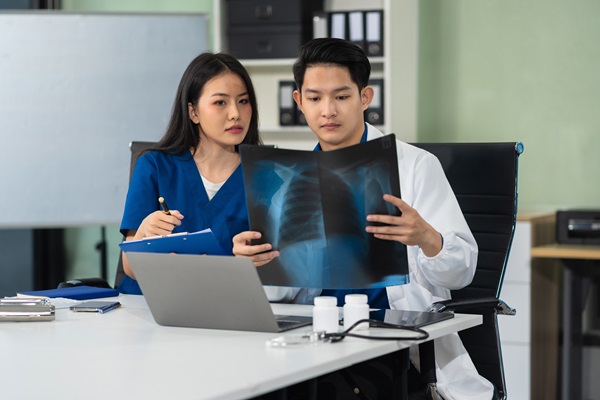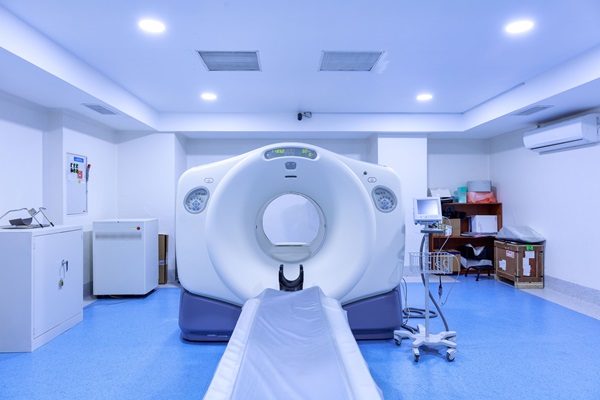Learn More About a DOT Physical

The Department of Transport (DOT) asks commercial drivers to have a DOT physical exam to get a certificate of occupational health. The physical includes checks for specific health issues related to long-distance driving. The checkup is carried out by a nurse or doctor. The DOT keeps a registry of medical practitioners able to administer the test.
Why do drivers need physical checkups?
Driving long distances places strain on the back, neck and shoulders. It also calls for good concentration, alertness and visual acuity. A DOT physical checks that the candidate’s fitness meets all these criteria. Long hours and night shift also take their toll, requiring monitoring for occupational health.
Some medical conditions affect a person’s ability to remain conscious and alert for long periods. These can include diabetes and sleep disorders. Heart disease is also of particular concern for drivers. Serious medical conditions may present a safety issue, both to the driver and to others. Thus, they need to be managed properly.
When does someone need a DOT physical?
“Commercial drivers” generally means truckers. It may also refer to bus drivers and people who operate heavy construction vehicles. It does not generally include taxi drivers and private passenger services. Most people in this trade need a new certificate of health every two years. Diabetes, heart disease or high blood pressure may call for an annual DOT physical instead.
Any driver transporting hazardous chemicals will need a DOT physical. A DOT physical is also necessary when driving a total weight of 10,000 lbs. Any driver moving fifteen or more passengers at a time, whether paid or voluntary, will need a DOT physical. The requirement generally covers all Heavy Goods Vehicle (HGV) drivers. It is not for light goods and private passenger transport.
What does a DOT physical entail?
The checkup involves completing a medical history form. This covers existing medical issues, medications, past surgeries and general health. A physical examination follows, including testing hearing, eyesight and blood pressure. A DOT physical also includes a urine and drug test.
Most of the conditions that a DOT physical looks for do not prevent a person from commercial driving. Poor eyesight can usually be corrected with glasses or contacts. Diabetes and heart issues can be properly managed day to day. Profound deafness may prevent a person from employment as a commercial driver. Severe sleep disorders (for example, narcolepsy) can also be a reason not to get a job as a driver.
It may be useful to bring medical notes to the physical to help fill in the form. The physical itself requires no preparation except for a healthy lifestyle. The purpose of these checkups is to protect the health and safety of commercial drivers. A person suddenly taken ill at the wheel poses a serious risk to themselves and others. Occupational health checkups are as essential as vehicle maintenance to ensure safety.
Where to get a DOT physical
If your employer has asked you to get a DOT physical, contact your doctor or health care professional. At the physical itself, inform the doctor of any existing medical conditions or medications in use. The Department of Transport requires all commercial drivers to have up-to-date health certificates. Book an appointment with your local health care provider.
Get more information here: https://tx-urgentcare.com or call Texas Urgent Care & Imaging Center at (832) 941-1894
Check out what others are saying about our services on Yelp: Read our Yelp reviews.
Recent Posts
X-rays are popular tools medical professionals use to diagnose a wide range of health conditions quickly and safely. They allow these professionals to see inside the body without invasive procedures, making them invaluable in urgent and primary care settings. Whether identifying fractures, monitoring chronic conditions, or detecting abnormalities, X-rays are critical in ensuring timely and…
A CT scan, or computed tomography scan, is a diagnostic tool that provides detailed images of the body’s internal structures. This non-invasive procedure helps medical professionals diagnose and monitor various conditions, from injuries to chronic illnesses. Knowing what to expect during a CT scan can ease concerns and prepare patients for a smooth experience.A CT…
If you work in public transportation, you may need to have a DOT drug screening. The Department of Transportation (DOT) regulates this test and requires it for you. You might be wondering what this test is like. Keep reading to learn more.Congress passed the Omnibus Transportation Employee Testing Act in 1991. Congress knew that the…
Walk-in clinic provide convenient, accessible health care for non-emergency medical needs, making it an ideal choice when immediate attention is necessary. Understanding when to visit a clinic can help patients save time, avoid unnecessary trips to the emergency room, and receive quality care for their health concerns. These clinics handle various issues, offering fast, professional…


